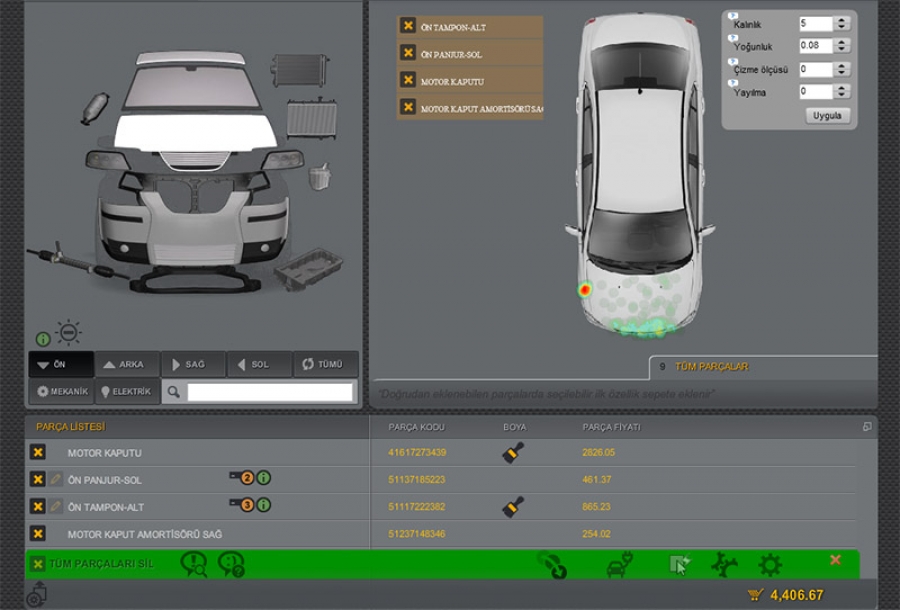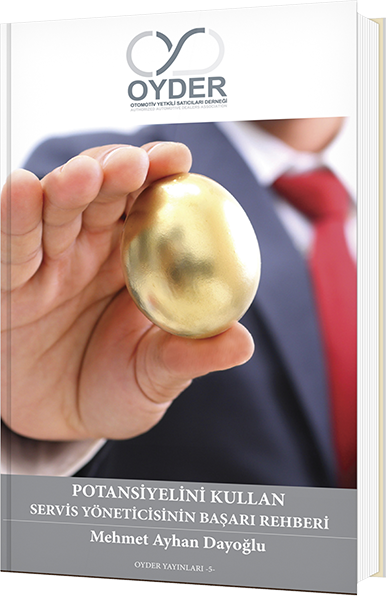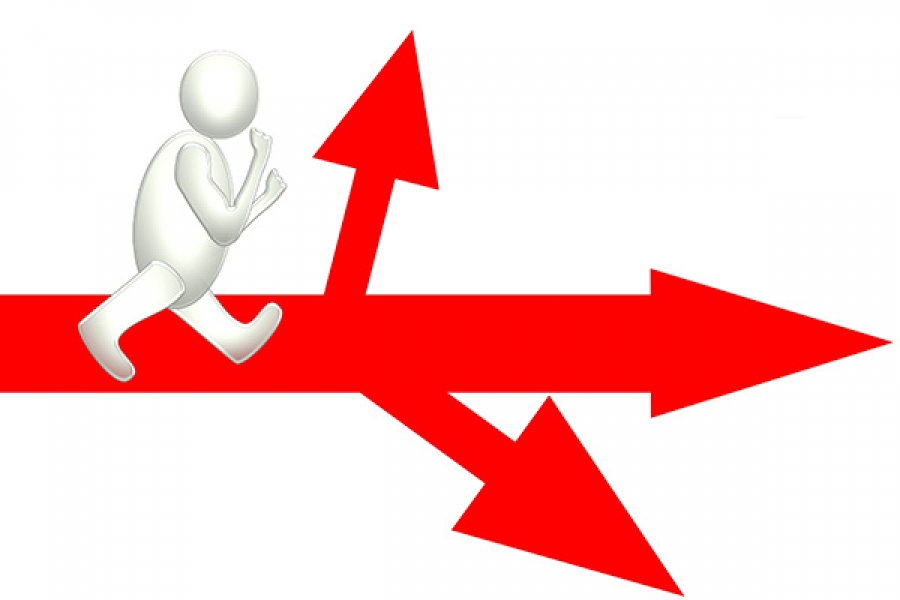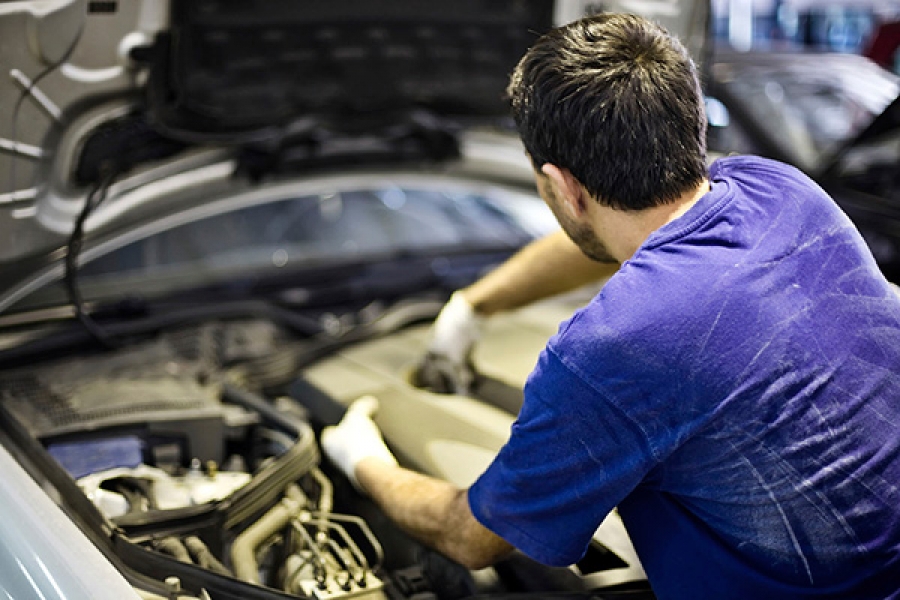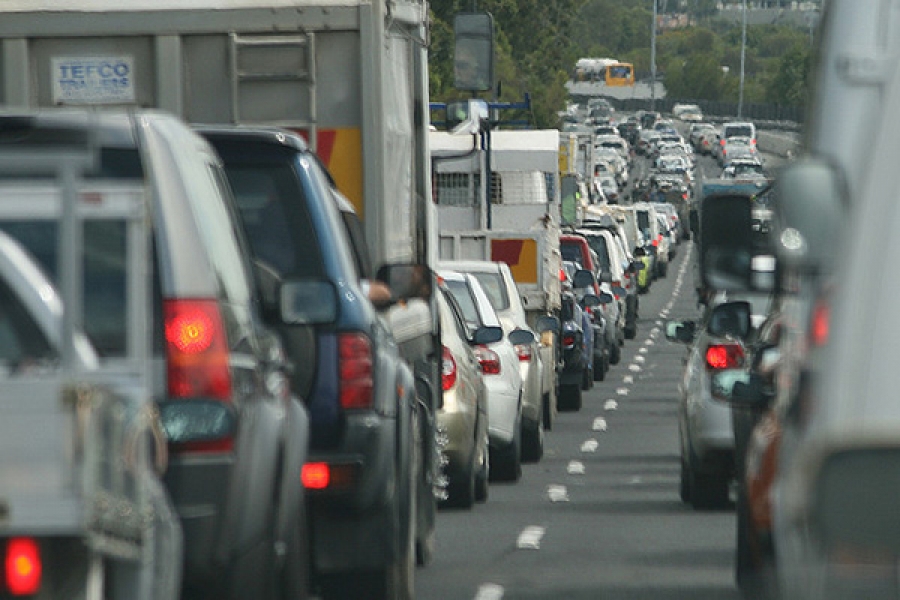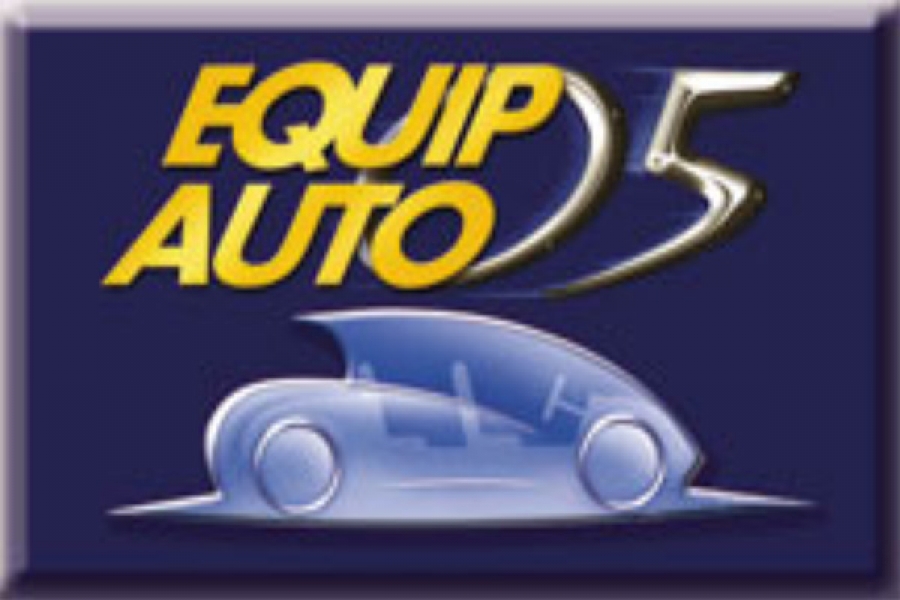Digital Era Begins in Damage Assessment
Damage assessment processes employed by insurance companies and repair services have been undergoing a number of changes. Circular on the Appraisal Fee Tariff published on 28 August, 2015 was the breaking point that triggered the changes. The circular postulates the introduction of a base price practice, pushing average appraisal costs by nearly 100 per cent. The increase in questions means more than TL 100 million extra costs for the industry. However, insurers were not able to reflect the increase in costs on policy sales prices. This, in turn, caused contractual service providers and insurance companies to put their heads together and thrash out a new solution that is workable.
In this new era, insurance companies shall rely more on cooperation with repair services to determine damage costs, reducing in the process their dependence on damage experts. Both sides were actually caught rather unprepared since the waves of change struck so impromptu and quick. Initially, services had a hard time allocating enough staff and other resources to do the job, increasing in turn the workload of experts dealing with damage assessment at service centers. Damage experts cracking under high volumes of workload tinkered with the damage costs, making them look higher than they actually are, in an effort to have damage experts assigned to the cases. Such behavior raised the outstanding claims reserve burden of insurance companies and wrought a negative impact on periodic profits.
But the system slowly found its feet.
I found out at the Ibis 2016 summit in Barcelona that experts are only assigned to 5 per cent of auto damage cases. I witnessed at the same summit various speeches being held on digitalization, the main topic of the OYDER Conference. A presentation by Google demonstrated that 87% of people used the internet to help them make up their minds purchasing a new vehicle and that the process of buying a new vehicle declined in length from 8,6 weeks in 2014 to 5,3 weeks and that 900 digital interactions took place during the purchasing process. It was also mentioned that 43% of all internet searches worldwide relating to motor vehicles were done via mobile devices. Another import point emphasized was the drop in the number of dealers visited by customers from 5 in 2015 to 1,6.
As can be inferred from all this data, the whole process involving motor vehicles is taking on a whole new digital character.
But, how does this reflect on damage assessment practices?
I would first like to remind readers that the usage of experts in damage assessment is steadily declining in Turkey. Number of damage cases with experts assigned to them has dropped by 8% since 2014, making up 57% of all damage cases. That is to say, an expert is assigned to 57 out of all damage cases. However, there are signs that the numbers will keep falling. It looks like the use of damage assessment applications ((Audatex, DAT, GT Motive, Otoanaliz ASK etc.) that will help put insurance companies and services on a common platform of effort will increase.
Until now, insurance companies have resisted due to a variety of reasons the use of damage assessment applications which had been looking for making inroads into the market. Foremost among these was the allegedly dubious damage assessment results generated by these applications, which seemed to put an extra 15% on the actual prices on the market. However, users of these applications overlooked the fact that prices could easily be adjusted using the application parameters. And as matters stood, some insurance companies took tentative steps towards acquiring thee applications, though timidly. Companies started holding training sessions for their damage experts to integrate the apps into their work processes.
In short, a brand new era began in the Turkish insurance and automobile industry for damage assessment.
The most critical issue in this new era will be the establishment of mutual trust and understanding. Firstly, the entire process will be shortened when paying customers and service providers agree on principal issues. The shortening of the process will mean the reunion of the vehicle owner with his vehicle in the shortest time possible. But the advantages of the new system will go beyond that; with the shortening of repair and insurance works, repair services will work more efficiently, spare parts procurement will take much shorter, services and distributors will be able to trade spare parts quicker, causing works to be finished sooner than usual and payments to be collected in a shorter time than usual. This will in turn increase the investment returns of both the service and the distributor. The same will apply to insurance companies. The shortening of the process will cause the outstanding claim reserves of insurance companies to fall. In addition, the use of replacement vehicles will be more limited and operating costs will be reduced. In other words, the practice will have a positive impact on costs. It may look like experts are the losing side in the game. But in fact, they have something to gain from the new practice, too. Experts will only be involved in repairs that require experience and expertise. Even though they will be required to conduct fewer damage assessment controls, their remunerations per each incident shall increase while their costs will fall, making their business more profitable.
As is evident from what I have recounted so far, everyone wins in the new era.
But, there is a prerequisite that needs to be satisfied.
Everyone involved should do his share of work and do what is necessary to adapt to the new process. For that to happen, the issue should be laid on the table and discussed by service providers and insurance companies together to give it its final shape.

